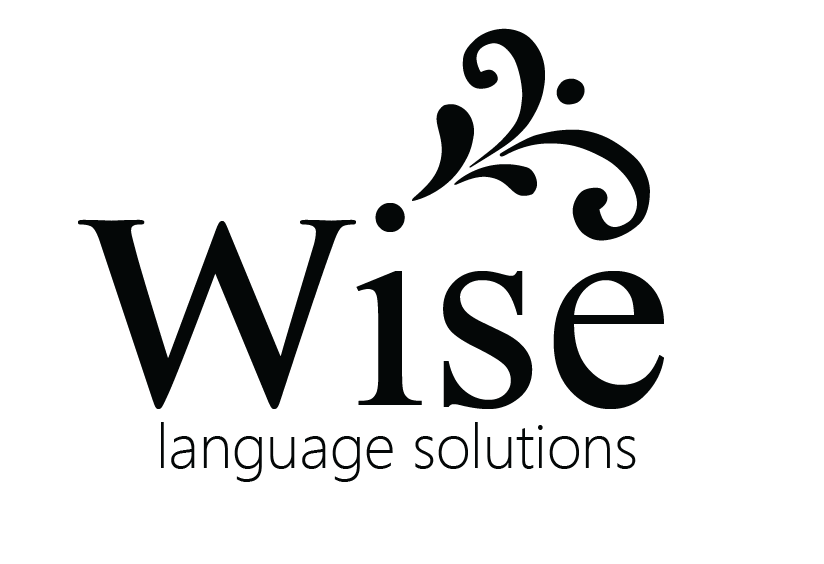Language Justice
Some days ago, I was waiting for an online conversation between an artist and a curator to start on Zoom. When the moderator started to speak in Spanish and then repeated what she had just said in English, I thought it was a lucky thing interpreting would be available for this event: that way, if I was interrupted by my 2-year old daughter, perhaps I could catch the replay in the second language. So, having found an activity for her to do while I focused on my screen with some semblance of peace, an expression I had never heard before immediately piqued my curiosity: language justice. I did think it was quite strange that the speaker would devote so much time to explaining how the event would take place in terms of language, especially in these times where differences, whether cultural or otherwise, seem to go unacknowledged at best, and, at worst, spark blatant violence. Here, first would come the non-dominant language (or languages). Then, English, which, as it’s probably not hard to imagine, usually takes on the dominant role.
This is how I came to know that language justice is a veritable movement that advocates for social justice through the use of language. To make this happen, it relies on three key aspects. For one, it proposes that everyone should have the right to speak in the language that they are most comfortable with. Secondly, it implies the ability to create fully multilingual spaces, rather than simply provide interpretation for those who don’t speak the dominant language. Lastly, language justice acknowledges that, while language can certainly foster connection, it can also touch on sensitive issues that it can ultimately help resolve. Conceived to be applied in situations that may reunite people from very different cultures and backgrounds (such as a City Council meeting where many attendants are probably immigrants from a variety of countries), language justice has a vision of equality at its core. It is based on the premise that traditional interpreting (regardless of the mode of interpreting, whether simultaneous or consecutive) can potentially make an entire group of people feel left out, even discriminated—for example, by being the only ones having to wear headsets if they want to keep up with the discussion (in simultaneous interpreting), or by interrupting the flow of the meeting to have their questions translated into the main language (in consecutive mode).
The cultural competency groups that offer a language justice-based approach usually provide support to community events where having everyone’s voice heard is a priority. To do so, headsets for all attendants are necessary, as well as a transmitter for the interpreter. But a truly multilingual event needs to be conceived as such from the get-go: the setup of the space must take into account the location of the audience and speakers so that no one feels like they’re in the background, and time must be devoted to make sure that the interpreting equipment functions properly. Also, any written material that may be distributed among the participants should be available in all the languages that will be spoken at the event. But there is such a normalization of the existence of non-dominant languages in most contexts that it’s easy to overlook the many elements at play in ensuring that everyone involved can express themselves freely, as opposed to feeling constrained by their mother tongue.
When we regard language as a tool for empowerment, we give value to our culture and our individuality, which in turn fosters growth. When we realize that interpreting is for all of us who are unable to understand all the languages that may be present in a conversation, we begin to appreciate our differences and value each person’s contributions on equal terms. When we, as translators and interpreters, do our jobs right, we make way for the nuances in language to shine through: we are able to recreate jokes and convey the beliefs and personality of all those who come together to share their individual perspective and personal experiences. In this day and age, fostering solidarity, understanding and acceptance sounds like a great way to fight the intolerance it’s hard to believe is still among us.
Carolina
Resources:
http://antenaantena.org/wp-content/uploads/2012/06/langjust_eng.pdf
https://www.coloradotrust.org/content/story/what-language-justice
https://nesfp.org/sites/default/files/resources/language_justice_toolkit.pdf
